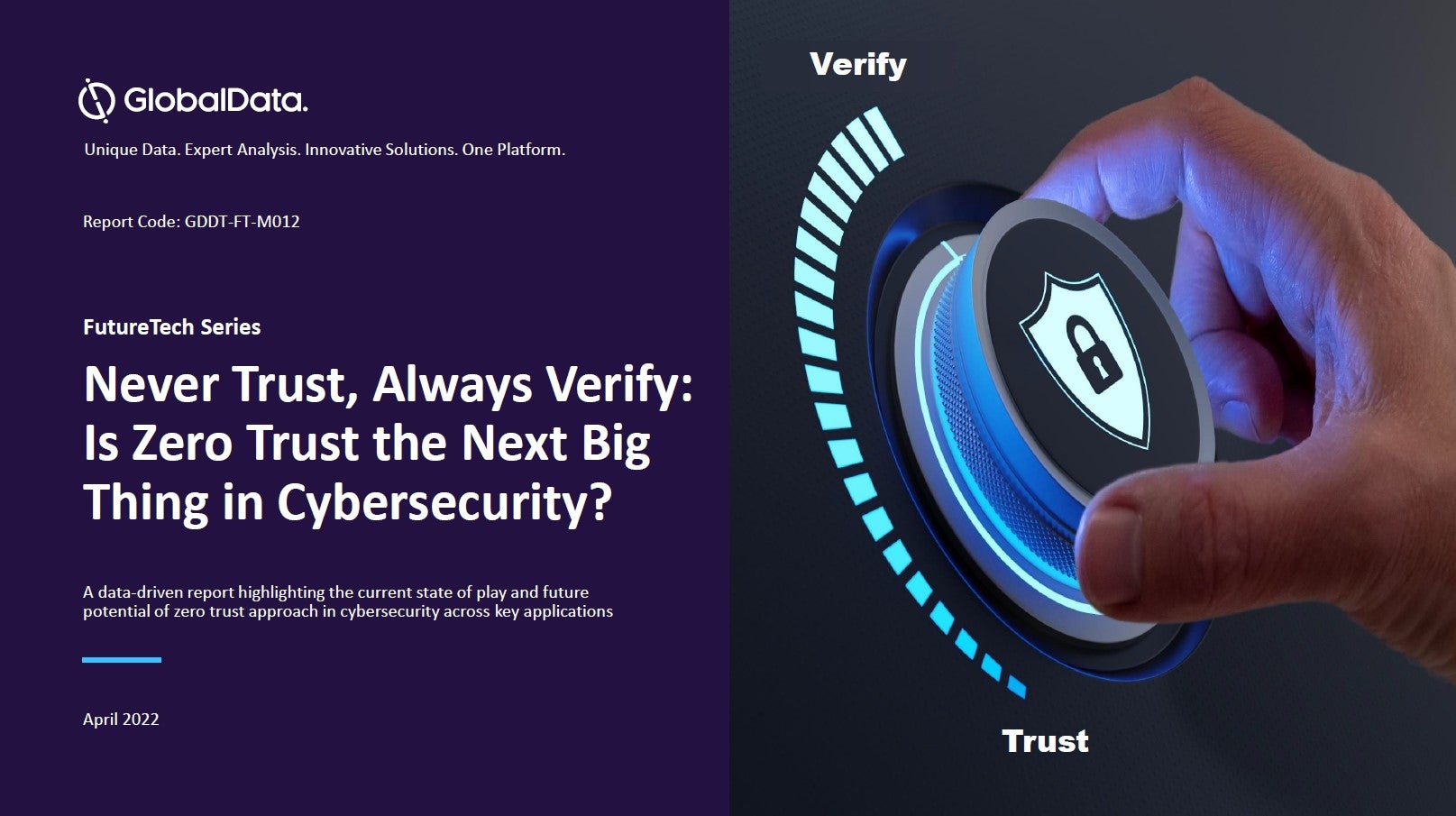Cybercrime is a global concern, and prevention is vitally important in order to reduce fraud. Collaboration between government agencies and industry-wide intelligence sharing would give banks a better chance of minimising online attacks.
Cybersecurity is the most critical and immediate concern for banks, their customers, and the wider financial system. Financial institutions face a regular barrage of cyberattacks that can cause the loss of data, assets, and confidence – and as digital banking expands they are increasingly exposed. Yet many still have no effective plan to respond.
How well do you really know your competitors?
Access the most comprehensive Company Profiles on the market, powered by GlobalData. Save hours of research. Gain competitive edge.

Thank you!
Your download email will arrive shortly
Not ready to buy yet? Download a free sample
We are confident about the unique quality of our Company Profiles. However, we want you to make the most beneficial decision for your business, so we offer a free sample that you can download by submitting the below form
By GlobalDataMore sophisticated cybercrime
The Financial Conduct Authority recently issued Tesco Bank a £16.4m fine for its failure to prevent a cyberattack that affected over 40,000 customers in 2016. Money and data was stolen from customer accounts, leaving them unable to make any transactions. Cyber criminals identified deficiencies in Tesco Bank’s design of its debit cards (with sequential numbers), its financial crime controls, and its financial crime operations team before carrying out the attack.
The threat is becoming increasingly sophisticated, and large firms – particularly financial institutions – are prime targets for organised crime and cyberterrorists. A cyberattack on a financial institution not only results in the loss of vital data, but can have a devastating effect on the firm’s reputation, requiring significant amounts of time and money to restore lost trust.
Moreover, the interconnectedness of financial institutions makes them even more susceptible to disruption, threatening national security and the stability of the international financial system.
Collaboration between banks and government agencies is the key to tackling this. The Bank of England’s framework to test for cyber vulnerabilities tracks the key performance indicators that can assess the maturity of an organisation’s ability to detect and respond to cyberattacks. The aim is to improve the industry’s resilience to such threats over time.
Given the continued growth of digital channels, governments and financial institutions are under great pressure to strengthen cybersecurity. However, there is no simple solution. A successful cyber programme will be based on an institution’s size, business model, and the sensitivity of the data that is collected and stored. It is essential that an institution’s view of its cyber risk remains dynamic, as these factors change and evolve over time.
To deal with cybercrime, banks should adopt a strategic approach involving wider communication and collaboration across regulators. In addition, the international financial community need to be involved.








